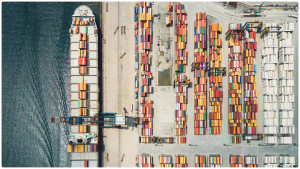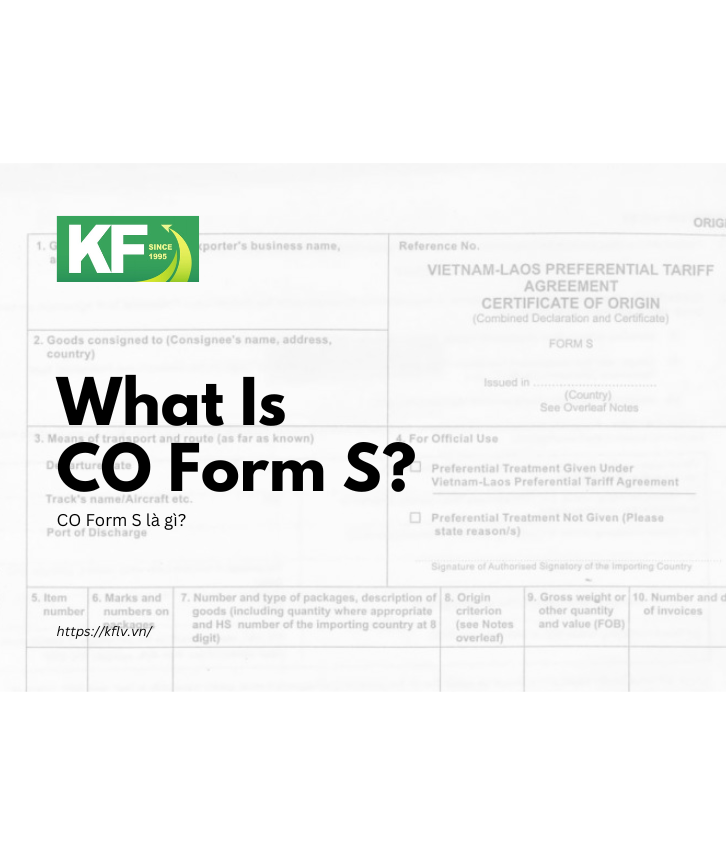What Is a Shipper and Consignee? Clear Role Differences in International Shipping
In international shipping, exporters and importers frequently encounter two fundamental yet critical terms: shipper and consignee. These are key parties listed on major logistics documents such as the Bill of Lading (B/L), Commercial Invoice, and Packing List. However, many businesses – especially SMEs – still struggle to correctly identify the legal responsibilities of each party. This article clarifies what a shipper is in logistics, what a consignee is, and provides a practical comparison between the two.
>> Read More:
Bill of Lading (B/L) and Sea Waybill: Key Documents in Maritime Shipping
What Is a Packing List? Its Importance in Import and Export

What Is a Shipper and Consignee?
What Is a Shipper in Logistics and International Trade?
The shipper is the party that sends the goods. In other words, this is the entity responsible for arranging the transportation of goods to the consignee. In international trade, the shipper is usually the party that signs the shipping contract with the carrier or freight forwarder and is listed as the exporter on the shipping documents.
A shipper can be:
- A manufacturer/exporter that produces and sells the goods directly.
- A trading company acting as an intermediary seller/exporter.
- A logistics provider or freight forwarder authorized to act as the shipper on behalf of the cargo owner.
A common question is: Is the shipper always the exporter? In many cases, yes – especially if the producer exports the goods directly. However, in scenarios like indirect exports or outsourced logistics, the shipper may be a service provider and not the actual cargo owner, creating a distinction between shipper and exporter.
What Is a Consignee and Their Role in International Freight?
The consignee is the recipient of the goods – usually the importer. This party is legally entitled to receive the goods at the destination port and is responsible for completing import customs procedures.
A consignee may be:
- The company that purchased the goods from the shipper.
- A subsidiary or branch office of the shipper (in internal shipments).
- A third party, if designated in the sales contract or on the Bill of Lading.
In addition to the consignee, the Bill of Lading may include a Notify Party, who is informed of the cargo’s arrival but does not have the legal authority to receive the shipment unless formally authorized.
Shipper vs. Consignee: Key Differences in International Shipping
Understanding the distinction between the shipper and consignee is essential for accurate documentation, customs clearance, and minimizing legal risks.
Here is a detailed comparison:
| Criteria | Shipper | Consignee |
|---|---|---|
| Main Role | Sender of the goods | Recipient of the goods |
| Responsibilities | Prepares shipment, handles export procedures | Receives goods, completes import clearance |
| On the Bill of Lading | Listed as the shipper (can also be exporter) | Listed as the consignee |
| Can be changed? | Yes – in specific cases | Yes – if using “To Order” Bill of Lading |
| Must be the cargo owner? | Not necessarily | Often the buyer or final recipient |
Common Scenarios and Frequently Asked Questions

What Is a Shipper and Consignee?
Can the shipper and consignee be the same entity?
Yes. In cases of internal transfers between a company’s branches in different countries, both shipper and consignee may be the same company.
Can the consignee be changed after the cargo has shipped?
It depends. If the Bill of Lading is marked “To Order,” the original B/L holder can endorse it to a new consignee. For straight B/Ls, changes require coordination with the carrier and may involve extra fees.
Who is responsible if the consignee fails to clear the goods?
The consignee is obligated to handle import customs clearance and receive the goods on time. Delays may result in demurrage, detention charges, or even seizure by the carrier.
Is the shipper always the cargo owner?
No. In some consolidated shipments (LCL) or indirect exports, a freight forwarder may be listed as the shipper without owning the cargo.
Can the consignee on a Bill of Lading be “To Order”?
Yes. This is common in Letter of Credit (L/C) transactions, where the bank retains control over who can claim the goods.
Practical Tips for Exporters and Importers
- Clearly define the roles of the shipper and consignee during the contract negotiation stage.
- Ensure that all shipping documents, especially the Bill of Lading, are consistent and accurate.
- If using a “To Order” B/L, safeguard the original documents to maintain control over the cargo.
- Consult your freight forwarder or carrier when facing complex situations such as reassigning consignee names, shipping on behalf of a third party, or indirect exports.
Understanding Shipper and Consignee Helps You Minimize Legal Risks
By understanding what a shipper is in logistics, who the consignee is, and how their roles differ, import-export businesses can reduce documentation errors, avoid compliance issues, and streamline international shipping operations. In an increasingly complex trade environment, mastering foundational terms like shipper and consignee is a vital step toward building a robust and legally sound logistics process.
King Freight Logistics Vietnam (KFLV) – your trusted logistics partner – is here to support your business with:
- Clear consultation on identifying the correct shipper, consignee, and related parties on the Bill of Lading.
- Documentation review and standardization to prevent customs delays.
- Expert guidance on special cases: intermediary shippers/consignees, consignee changes, or “To Order” B/Ls.
- Shipping route optimization and customs planning to reduce extra charges.
- End-to-end logistics services: international freight, customs clearance, domestic delivery.
Call us at +84 (0) 938 188 796
Email: cs1@hcm.kfkingfreight.com
Get your free consultation and a tailored logistics solution today.





Written bykflv.vn
Other activities


Other news

CO Form S (Certificate of Origin – Form S) is a preferential certificate of origin issued for goods exported from Vietnam to Laos. It enables Vietnamese exporters to enjoy special tariff preferences under the Vietnam–Laos Bilateral Trade Agreement. This article explains what CO Form S is, its purpose, documentation requirements, and application procedure — along […]

